We explain what photography is, how it was invented and the types that exist. Also, what are its general characteristics and elements.
What is photography?
As its name suggests (from the Greek photos , “light” and graphos , “drawing, writing”), photography is the technique and art of obtaining fixed and lasting images through the projection of light . This is achieved thanks to materials that react chemically to it or, more recently, in electronic devices sensitive to it.
Photography is a modern invention , which has opened up a range of enormous possibilities for capturing and reproducing images. His technique was later used by the cinema and by other later technologies .
Its elementary operation replicates that of the camera obscura , which is pinhole photography. In addition, various technological advances have made it possible to adjust and preserve the projected image.
How was Photography Invented?
Photography did not have a single inventor , since it was the consequence of a successive series of technologies dating from the 19th to the 20th century.
Before photography was invented as we understand it today, the development of various technological objects was necessary .
The first of these was the camera obscura, which was used even in ancient times , in the 5th and 6th centuries BC. c.
However, it was not until the 19th century that this technology led to the invention of artifacts more similar to photography. Among them , the daguerreotype , heliogravure and cyanotype were mainly spread .
The existence of these previous techniques was essential for the development of photography. For this reason, those responsible for its invention and improvement are too numerous for there to be an “inventor” of photography.
History of Photography

The first successful experimental photographic attempt was heliogravure, discovered by Joseph Niépce around 1820. This French chemist used a camera obscura where he exposed a surface of paper , glass and metals such as tin, copper and pewter for eight hours .
The result was a more or less clear impression of what was observed . But since the fixation issue had not been resolved, the images obtained in this way were slowly being lost. In 1825 he obtained the first permanent image using a mixture of bitumen from Judea as a photosensitive mixture.
These experiences were inherited by Louis Daguerre, a partner of Niépce, who in 1837 developed and spread the daguerreotype throughout the world. It was a procedure similar to his partner's, but employed a mirror-polished silver surface and revealing it with mercury vapors .
The images thus obtained were unique and unrepeatable , and required a lot of light, so they were only made outdoors. The exposure times were still long (about 10 minutes) so it was necessary to use chemical accelerators.
The first photographic prints were made in 1840 , when William Fox Talbot developed the calotype. This system made it possible to obtain paper negatives of the photographic image. These could be printed on another sheet of paper, moistened with an acid solution of silver nitrate. Cyanotype was then introduced, producing copies of the original.
In 1851 Gustave Le Gray introduced a new photographic mechanism : the wet collodion. It consisted of spilling this substance between two sheets of glass and then revealing it in ammoniacal iron sulfate. Since then, the massification of photographic images began with this method, which prevailed until 1885.
Modern Photography
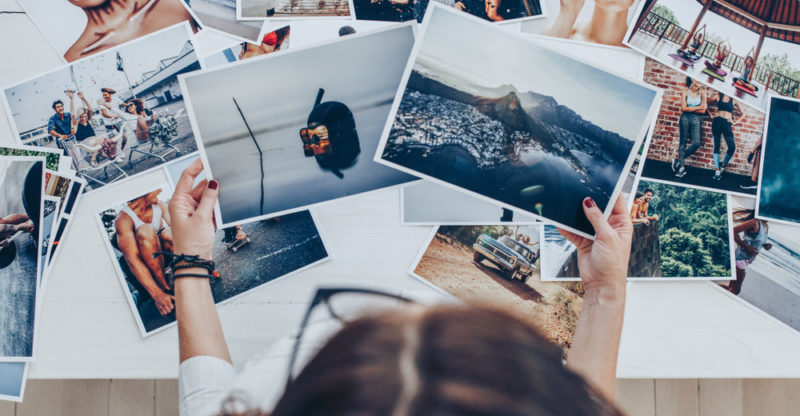
In 1888 George Eastman introduced the first Kodak camera . Because it used reels of photographic film, it forever revolutionized the world of photography by making it accessible to anyone , not just professional photographers.
With the invention of photographic film, glass plates were no longer used . However, they became necessary again for a period in 1907, as they were the only method of making color photographs, using several monochrome glass plates.
Photography was never the same. The cameras began to be used easily , without the need for professional training. In 1931 the flash was invented, which allowed photography at night or in low light situations. In 1948 the instant or polaroid photograph was spread, which was revealed in just 60 seconds.
Digital photography appeared after the technological revolution of the second half of the 20th century , in 1990. This process replaced photosensitive film with electronic sensors that performed the same function, and eliminated the need for development.
Types of Photography
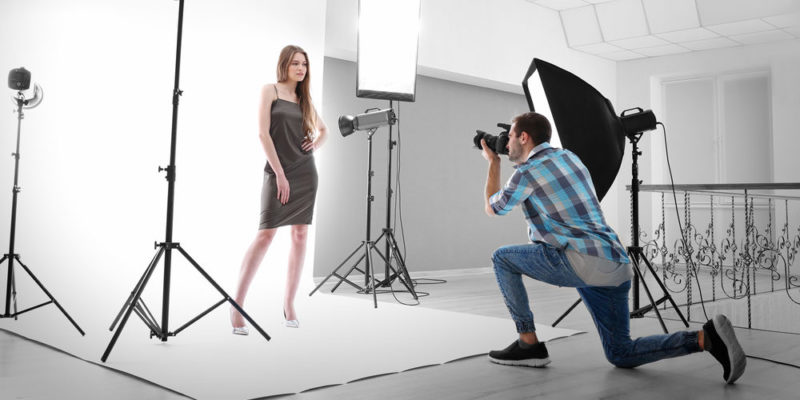
We can talk about different types of photography depending on its context:
- Advertising photography: The one that feeds advertising or marketing , that is, the promotion of consumer goods and services. It is usually digitally intervened and "corrections" are made to make it more seductive.
- Fashion photography: It is taken at fashion shows and events, to show clothing, hairstyles, makeup, etc. It goes hand in hand with advertising, but digital interventions are not usually done.
- Documentary photography: Also called historical or journalistic, as it is done for informational purposes, reporting , historical value or denunciation.
- landscape photography: It is taken to reproduce the natural beauty of a landscape, whether it is an aerial, terrestrial or underwater shot. They are usually open and very colorful.
- Scientific photography: It is taken through telescopes, microscopes , and other scientific tools, in order to show what is not commonly visible to the naked eye.
- Artistic photography: The one that is taken for aesthetic or experimental purposes, such as montages, compositions, etc.
- Portrait photography: Equivalent to the portrait painting of ages past, it is meant to show someone loved, or celebrated, or beautiful, at some point in their life.
- Wildlife photography: It involves taking pictures of birds, animals and marine life in their natural habitat. And is one of the more difficult genres of photography.
Thinking about getting started in wildlife photography ? Check out this guide on photographing animals in the wild.
The Photographic Camera
As we have said, photography is based on the camera obscura: a completely dark compartment with a small hole at one end, through which light from outside enters and projects images of the outside world onto the background, albeit inverted.Exactly that happens inside the photographic cameras, except that they are equipped with:
- A diaphragm that opens to let in light and closes to keep it out, at a manageable speed;
- Optical lenses that allow to focus what is projected;
- Mirrors that reinvest the projected image;
- Photosensitive tape or a digital sensor, to capture the image and reproduce it.
Picture Elements
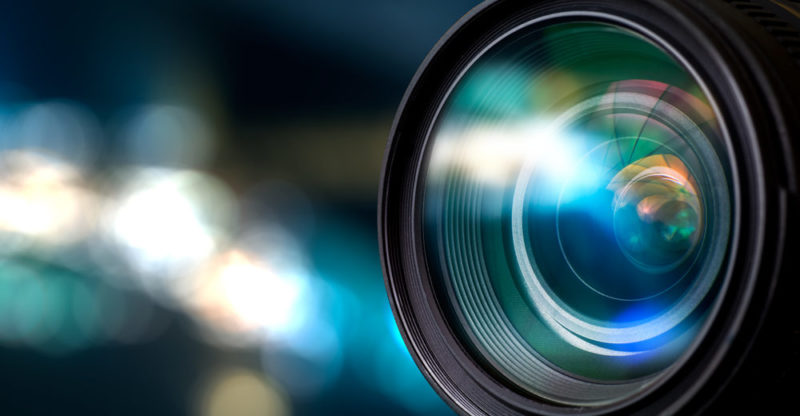 When capturing the image, photographers take into account the following elements:
When capturing the image, photographers take into account the following elements:
- Focus: The correct arrangement of the camera lenses that allows the image to be captured with precise sharpness, focusing on the important elements of the image and not on the background.
- Opening: The degree of opening of the diaphragm, that is, equivalent to the amount of light that is let in at once when the shutter is pressed. The more amount of light allowed, the more intense and misty whites; at a lower amount, dark photographs.
- Shutter speed: The amount of time the film or sensor is exposed to light from outside the camera. If the ambient light is low, it will require longer exposure times, and vice versa.
- White balance: Only in contemporary digital equipment, the computer inside the device allows you to calibrate the color temperature , choosing between a whiter (cold) or yellow (warmer) light.
- photographic sensitivity: Formerly it had to do with the type of photosensitive material: some allowed to capture more light than others, since they had different degrees of sensitivity. In digital equipment, the sensor is programmed to simulate these effects, allowing greater or lesser sensitivity as desired.
Photography as Art
Photography is today considered one of the Fine Arts (the eighth) . However, in its beginnings it was considered more of a cold and impersonal technique, or even an unrefined parlor trick. For this reason, greater or less skill could be shown in it, but it was not valued as art .However, throughout the 20th century novel aesthetic trends emerged , reflecting the sensibilities of the time. Thus, the subjective and expressive potential of photography was opened up.
The Photo Report
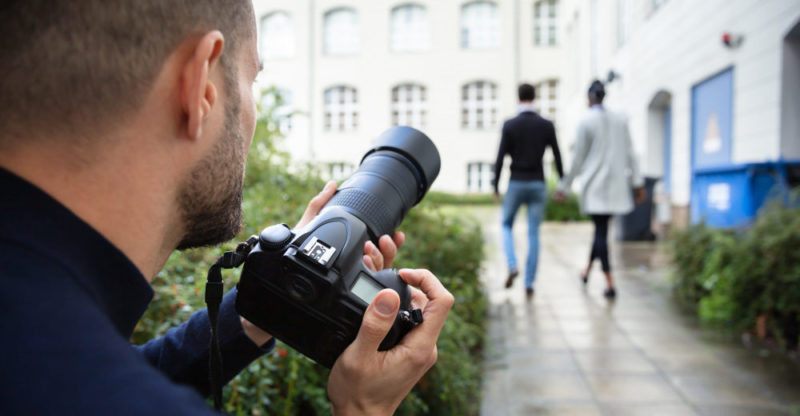 Journalism was particularly sensitive to the incorporation of images that photography entailed. The possibility of showing what happened and not just telling through language , revolutionized the media in a way that is only comparable with the appearance of films and audiovisual recorders.
Journalism was particularly sensitive to the incorporation of images that photography entailed. The possibility of showing what happened and not just telling through language , revolutionized the media in a way that is only comparable with the appearance of films and audiovisual recorders.In addition, a new job and a new figure in journalism arose from this technological novelty : the photojournalist . Although many photographers are dedicated to various forms of photography (artistic, event, fashion, etc.), in general journalistic photographers dedicate all their time to this area.
Why is photography important?
Photography forever revolutionized humanity . The possibility of capturing images quickly and efficiently, being able to later recover and display them, meant a change in what was considered information, the gaze and even the truth until its appearance.The presence of cameras, which we even now carry on our cell phones , allowed us to immortalize all kinds of events. In addition to being able to share these images with friends or strangers, it also allows you to report events of which, otherwise, there would have been no evidence.
Featured Photographers
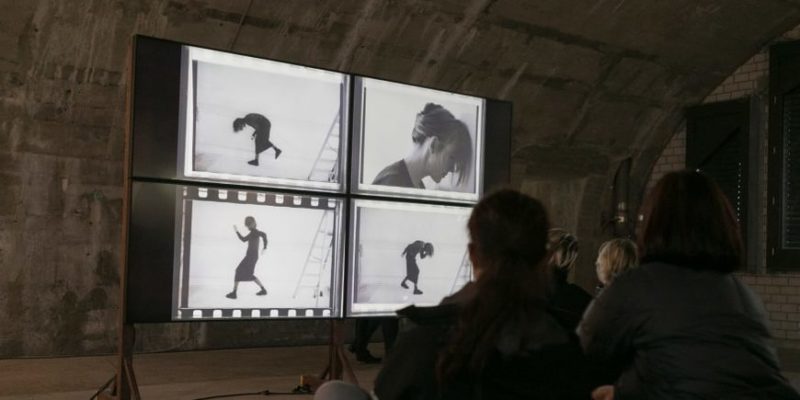 Some prominent photographers are or have been:
Some prominent photographers are or have been:
- Henri Cartier-Bresson (French, 1908-2004).
- Robert Doisneau (French, 1912-1994).
- Robert Capa (Hungarian, 1913-1954).
- Diane Arbus (American, 1923-1971).
- Alberto Korda (Cuban, 1928-2001).
- Joseph Koudelka (Czechoslovakian, 1938-)
- Sebastião Salgado (Brazilian, 1944-).
- Annie Leibovitz (American, 1949-).
The above content published at Collaborative Research Group is for informational and educational purposes only and has been developed by referring to reliable sources and recommendations from photography experts. We do not have any contact with official entities nor do we intend to replace the information that they emit.
MA student of the TransAtlantic Masters program at UNC-Chapel Hill. Political Science with a focus on European Studies. Expressed ideas are open to revision. He not only covers Technical articles but also has skills in the fields of SEO, graphics, web development and coding. .
Leave a reply
Your email address will not be published. Required fields are marked *Recent post

Sport: What Is It, Types, Risks, Features, Characteristics and Examples

Dogs: Emergence, Features, Characteristics, Feeding and Breeds

Story: Definition, Elements, Structure, Features and Characteristics

